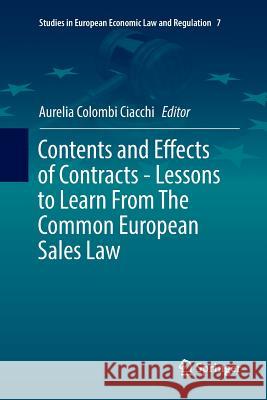Contents and Effects of Contracts-Lessons to Learn from the Common European Sales Law » książka
topmenu
Contents and Effects of Contracts-Lessons to Learn from the Common European Sales Law
ISBN-13: 9783319802671 / Angielski / Miękka / 2018 / 295 str.
Contents and Effects of Contracts-Lessons to Learn from the Common European Sales Law
ISBN-13: 9783319802671 / Angielski / Miękka / 2018 / 295 str.
cena 382,84 zł
(netto: 364,61 VAT: 5%)
Najniższa cena z 30 dni: 382,84 zł
(netto: 364,61 VAT: 5%)
Najniższa cena z 30 dni: 382,84 zł
Termin realizacji zamówienia:
ok. 20 dni roboczych.
ok. 20 dni roboczych.
Darmowa dostawa!
Kategorie:
Kategorie BISAC:
Wydawca:
Springer
Seria wydawnicza:
Język:
Angielski
ISBN-13:
9783319802671
Rok wydania:
2018
Wydanie:
Softcover Repri
Ilość stron:
295
Waga:
0.44 kg
Wymiary:
23.39 x 15.6 x 1.65
Oprawa:
Miękka
Wolumenów:
01
Dodatkowe informacje:
Wydanie ilustrowane











